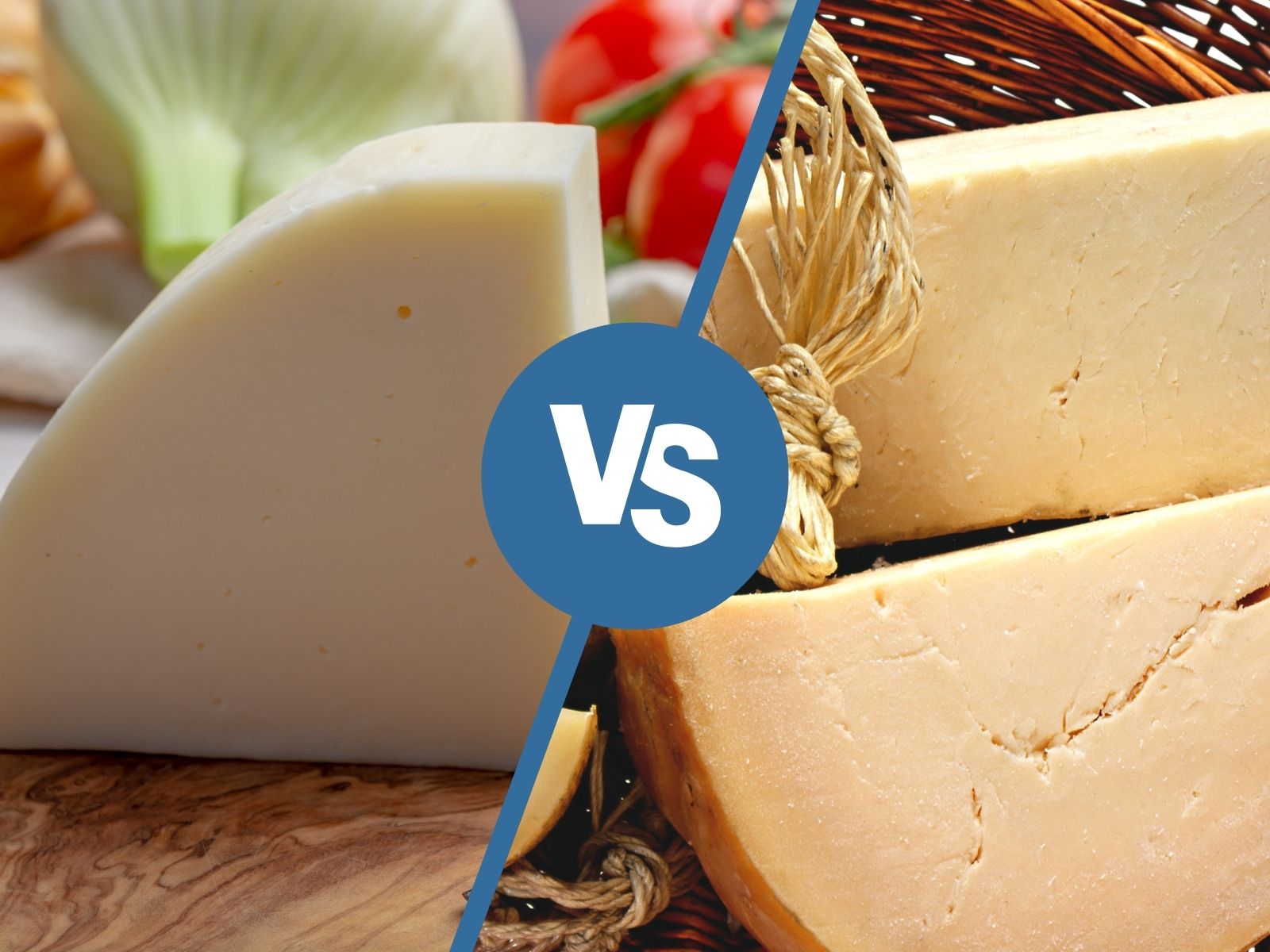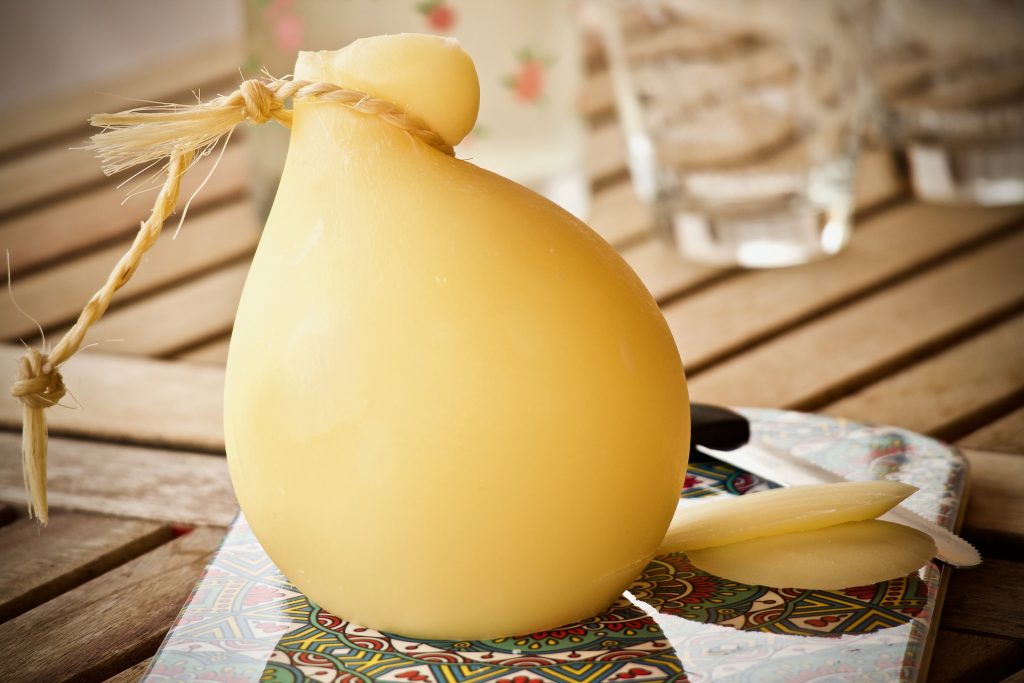Is there a single ingredient that can transport your taste buds to the sun-drenched hills of Italy and elevate your culinary creations to new heights? Provolone cheese is that ingredient.
This semi-hard cheese, a true gem of Italian cuisine, boasts a rich history and a versatile nature that has made it a favorite around the globe. From its humble beginnings in the southern regions of Italy to its place on tables worldwide, provolone cheese offers a unique blend of flavor and texture that continues to captivate cheese enthusiasts and culinary professionals alike. This article delves into the fascinating world of provolone, exploring its origins, varieties, nutritional value, and the myriad ways it can enhance your dining experience.
| Feature | Details |
|---|---|
| Name | Provolone Cheese |
| Origin | Southern Italy (Naples and Sicily) |
| Type | Semi-hard cheese |
| Key Characteristics |
|
| Primary Varieties |
|
| Flavor Profile | Ranges from mild, buttery (Dolce) to sharp, tangy (Piccante) with a nutty undertone |
| Texture | Semi-hard, smooth, and elastic, suitable for slicing, grating, and melting |
| Nutritional Value (per 1 oz serving) |
|
| Culinary Uses |
|
| Pairings |
|
| Storage | Refrigerate at 35F to 40F, wrapped tightly in original packaging or plastic wrap |
| Reference | Example Cheese Guide (replace with a real, reputable source) |
The journey of provolone cheese begins in the sun-kissed landscapes of Southern Italy, specifically in the regions of Naples and Sicily. It is believed that its origins can be traced back to the 16th century. The name itself is derived from the Italian word "provoleta," a diminutive of "provola," which translates to "little provola," hinting at its early form and size. This cheese, born from a tradition of skilled cheesemakers, rapidly gained popularity, spreading throughout Italy and eventually becoming a prized export worldwide. The production process, a testament to generations of refinement, involves a meticulous stretching and shaping of the curd, traditionally crafted from cow's milk. The aging process, varying in duration, plays a crucial role in defining the final flavor profile of the cheese.
The Evolution of a Culinary Icon
Provolone cheese didn't simply appear; it evolved. Its initial recognition in Southern Italy marked only the beginning. Over centuries, cheesemakers honed their techniques, resulting in the diverse range of provolone cheeses we know today. The global presence of provolone is a testament to its appeal, now produced in various regions of Italy and exported to the tables of food lovers around the world.
A crucial aspect of provolone's appeal is its diverse range of flavors, a direct result of the aging process. The two primary varieties, provolone dolce and provolone piccante, cater to a wide spectrum of palates. Provolone dolce, with its shorter aging period, offers a milder, creamier flavor. This makes it a popular choice for those seeking a subtle addition to their culinary creations, such as sandwiches and salads. In contrast, provolone piccante, aged for a more extended period, develops a more intense and tangy flavor. This sharpness adds complexity and depth to dishes, making it a perfect complement to cooked dishes and cheese platters where a bolder taste is desired.
The flavor profile of provolone cheese is, in a word, captivating. The influence of the aging process is immediately apparent. Provolone dolce, with its gentle sweetness, delivers a buttery taste that melts in the mouth. Conversely, provolone piccante explodes with a sharp, robust flavor that awakens the senses. Yet, despite these distinct differences, both varieties share a common thread a nutty undertone that adds a layer of complexity and enhances the overall experience. Beyond the aging process, the flavor is also shaped by other factors. The quality of the milk, the environment in which it is aged, and the specific production techniques employed all contribute to the character of the final product. This meticulous attention to detail ensures that each bite is a celebration of flavor.
- Mike My Pillow Net Worth
- Gamegrumps Jontron
- Is Ynw Melly Sentenced
- Nick Name For A Boyfriend
- Angus T Jones Instagram
Texture is a critical element of any food, and provolone cheese excels in this regard. Its semi-hard consistency provides a delightful mouthfeel, making it a versatile ingredient for a variety of culinary applications. The smooth, elastic nature of the cheese is a direct result of the cheesemaking process, where the curds are stretched and shaped to achieve the desired texture. Whether it's used in a sandwich, grated over pasta, or enjoyed as a simple snack, the texture of provolone cheese enhances the overall dining experience. It provides a satisfying element that complements its flavor profile, making each bite a pleasure.
Beyond its delicious taste and satisfying texture, provolone cheese offers a valuable source of essential nutrients. It's not just a treat for your taste buds; it also contributes to a balanced diet. Provolone is a good source of protein, vital for muscle development and repair. It is also rich in calcium, a crucial element for maintaining strong bones and teeth. Furthermore, provolone cheese contains vitamin B12, which plays a vital role in nerve function and the production of red blood cells. A 1-ounce serving of provolone cheese provides approximately 100 calories, 7 grams of protein, and 200 milligrams of calcium. However, it's important to remember that provolone cheese, like many cheeses, is relatively high in saturated fat and sodium. Therefore, moderation is key to enjoying its benefits while maintaining a healthy lifestyle.
The versatility of provolone cheese is one of its most endearing qualities. Its ability to melt smoothly and evenly makes it a favorite among chefs and home cooks alike. From classic Italian dishes to innovative modern cuisine, provolone cheese elevates a wide array of recipes. Consider the simple pleasure of a provolone-laden sandwich, where the cheese melts into a gooey, flavorful filling. Or imagine the richness it adds when grated over a steaming plate of pasta. Pizza lovers know the creamy, tangy layer of provolone that enhances their favorite pie. But the culinary possibilities don't end there. Provolone cheese can also be enjoyed on its own, paired with other ingredients to create delicious appetizers and snacks.
Incorporating provolone cheese into your diet can offer several health benefits. As mentioned earlier, the calcium content supports strong bones and teeth, while the protein aids in muscle development and repair. Vitamin B12, another key nutrient found in provolone, is essential for maintaining healthy nerve function and red blood cell production. However, as with any food, moderation is crucial. Given its higher fat and sodium content, it's important to consume provolone cheese responsibly as part of a balanced diet.
Proper storage is critical to maintaining the quality and freshness of provolone cheese. The ideal approach involves storing the cheese in its original packaging or wrapping it tightly in plastic wrap to prevent exposure to air. This helps to preserve its texture and prevent it from drying out. The refrigerator is the best place to store provolone, with a recommended temperature range of 35F to 40F (1.7C to 4.4C). If you notice any mold developing on the surface, don't panic. You can typically salvage the cheese by simply cutting away the affected area. The remaining portion should be safe to consume. However, always check the expiration date and consume the cheese within a reasonable timeframe to ensure optimal flavor and texture.
The art of pairing provolone cheese unlocks a world of flavor combinations. Its versatility allows it to complement a wide range of foods and beverages, enhancing both their individual characteristics. With fresh fruits like apples and pears, it creates a sweet and savory balance. Served with crusty bread or crackers, it becomes a simple yet elegant appetizer. And for a more sophisticated experience, pair it with a glass of red wine, such as Chianti or Cabernet Sauvignon. The right pairing can elevate the experience of eating provolone to new heights.
A Culinary Playground
Ready to unleash the potential of provolone cheese in your kitchen? Here are a few simple yet delicious recipe ideas to get you started:
- Provolone and Tomato Sandwich: This classic combination is a testament to simplicity. Layer slices of provolone cheese and fresh tomatoes between two slices of your favorite bread. A touch of basil and a drizzle of olive oil add an extra layer of flavor.
- Provolone Stuffed Chicken Breasts: Take your chicken dinner to the next level by stuffing chicken breasts with provolone cheese. Bake until golden brown and serve with a side of roasted vegetables for a hearty and satisfying meal.
- Provolone Grilled Cheese: Elevate your grilled cheese game by using provolone cheese for a creamy, melty filling. Add a slice of ham or avocado for an extra twist on this comfort food classic.
- Jenna Lyn Ward
- Singer Jonathan Berkery
- %E3%82%A8%E3%82%A4%E3%83%9F%E3%83%BC %E3%83%80%E3%83%B3%E3%82%AB%E3%83%B3
- Is Ali Belcher Married
- Harold Azuara


